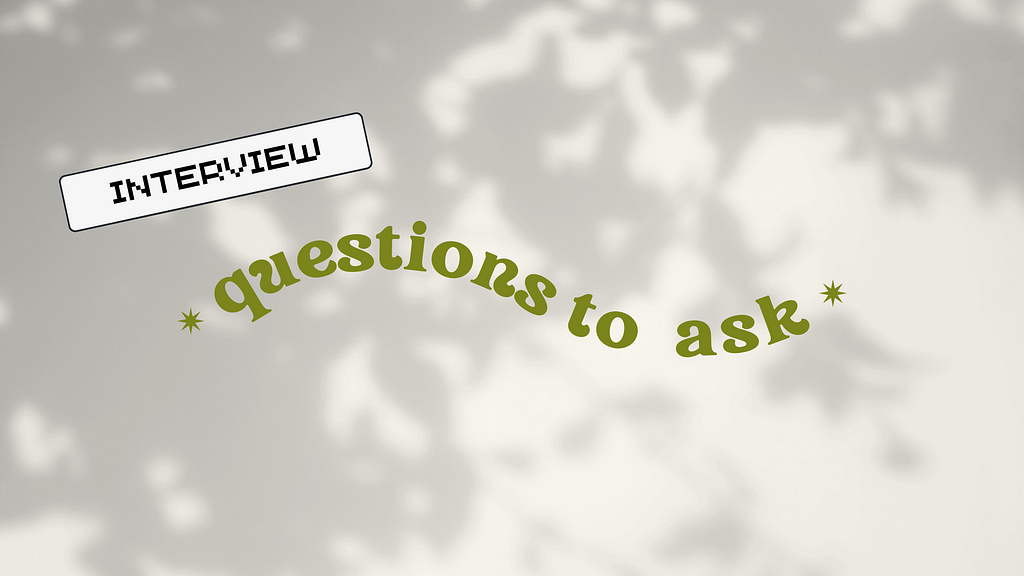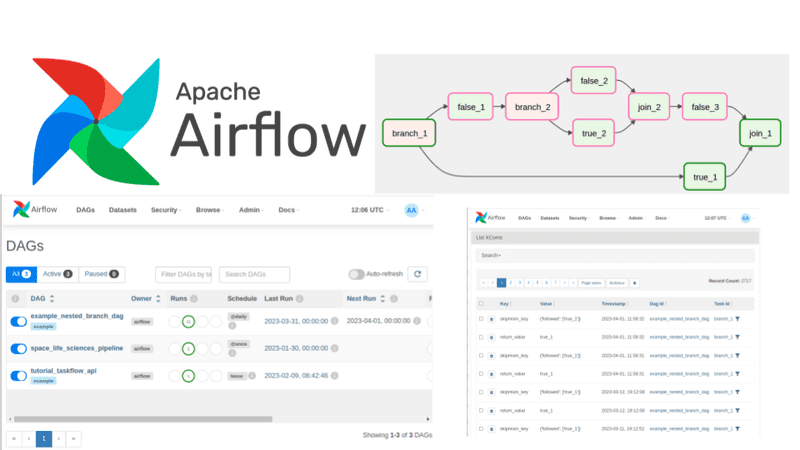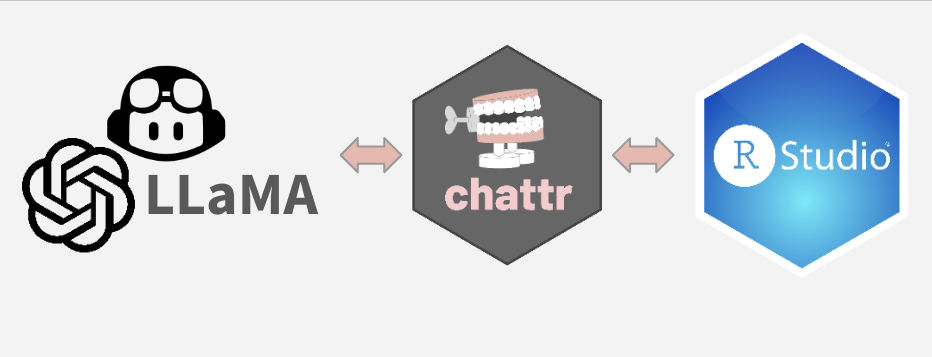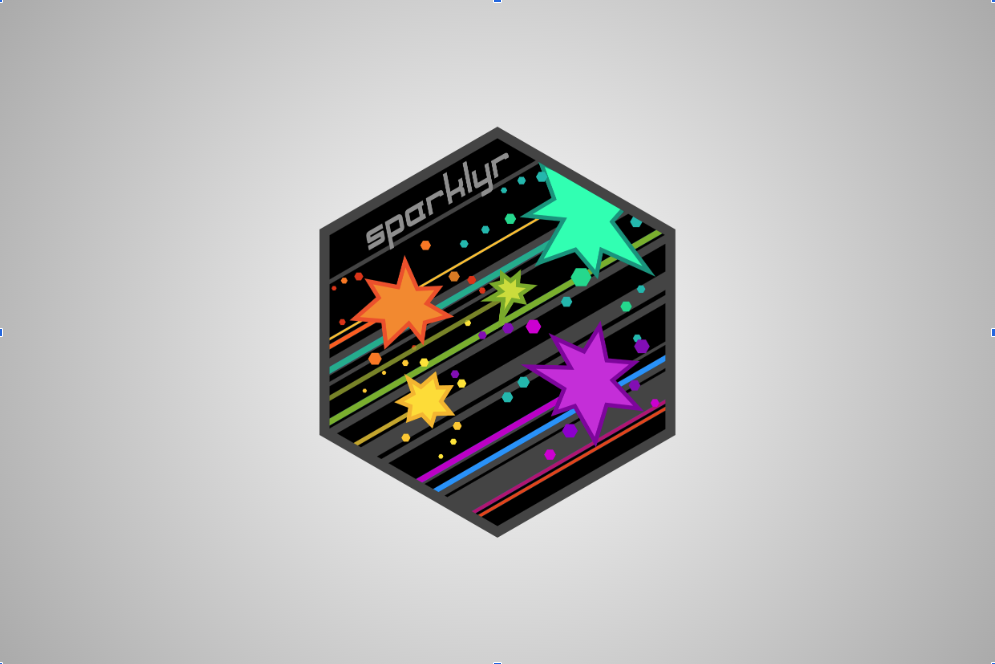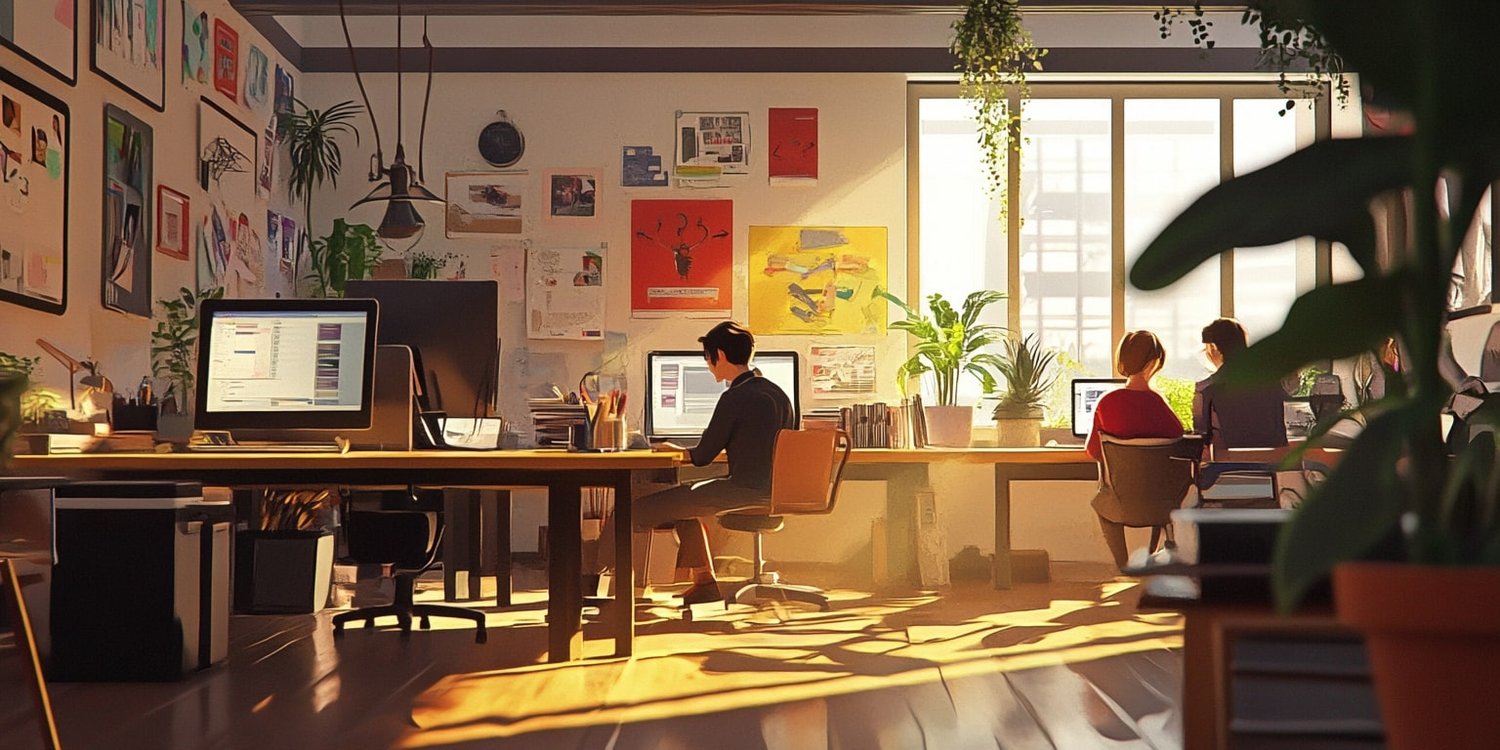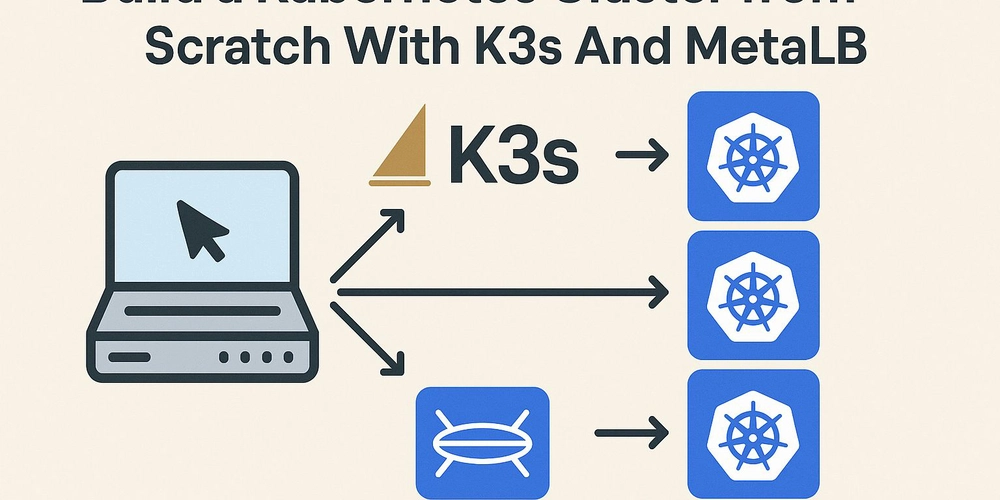Phone Comparisons: Google Pixel 9a vs Apple iPhone 14
The post Phone Comparisons: Google Pixel 9a vs Apple iPhone 14 appeared first on Android Headlines.
The Google Pixel 9a is the company’s latest budget smartphone. It’s also a rather compact phone. In this article, we’ll compare the Google Pixel 9a vs Apple iPhone 14. In other words, we’ll be comparing two rather compact devices, which did not exactly come out in the same year. The iPhone 14 arrived way back in 2022, but if you’re looking to get a new compact phone at this point in time, you may be considering the Pixel 9a.
The iPhone 14 was notably more expensive when it came out, in comparison to the Pixel 9a, so these two phones were not exactly launched in the same price brackets. With that being said, we’ll first list the specs of both smartphones and take it from there. We’ll also look over their designs, displays, performance, battery life, cameras, and audio output.
Specs
Google Pixel 9a
Apple iPhone 14
| Google Pixel 9a | Apple iPhone 14 | |
|---|---|---|
| Dimensions | 154.7 x 73.3 x 8.9 mm | 146.7 x 71.5 x 7.8 mm |
| Weight | 185.9 grams | 172 grams |
| Display | 6.3-inch pOLED | 6.1-inch Super Retina XDR |
| Refresh rate | 120Hz adaptive | 60Hz |
| Resolution | 2424 x 1080 | 2532 x 1170 |
| Chipset | Google Tensor G4 | Apple A15 Bionic |
| RAM | 8GB | 6GB |
| Storage | 128GB/256GB (UFS 3.1) | 128GB/256GB/512GB |
| Main camera | 48MP (wide, f/1.7 aperture, 1/2.0-inch sensor size, Dual Pixel PDAF, OIS) | 12MP (wide, f/1.7 aperture, 1/1.7-inch sensor, 1.9um pixel size, sensor-shift OIS) |
| Ultra-wide camera | 13MP (ultrawide, f/2.2 aperture, 120-degree FoV, 1/3.1-inch sensor size) | 12MP (ultrawide, f/2.4 aperture, 120-degree FoV) |
| (Periscope) telephoto camera | N/A | N/A |
| Selfie camera | 13MP (f/2.2 aperture, 96.1-inch sensor size) | 12MP (f/1.9 aperture, PDAF, 1/3.6-inch sensor size) |
| Battery size | 5,100 mAh | 3,279mAh |
| Charging | 23W wired, 7.5W wireless (charger not included) | 23W wired, 15W wireless (MagSafe, Qi2) |
| Colors | Obsidian, Porcelain, Iris and Peony | Midnight, Purple, Starlight, Blue, Red, Yellow |
Google Pixel 9a vs Apple iPhone 14: Design
These two smartphones are both compact devices, but the iPhone 14 has a smaller footprint. It has a display that is 0.2 inches smaller and slightly thinner bezels as well. Both devices do offer uniform bezels, though. The Pixel 9a is taller, wider, and thicker in comparison, while it’s also 14 grams heavier. It’s made out of aluminum and plastic, while the iPhone 14 combines aluminum and glass.
You’ll notice that the two phones have similar corner curvature and that both have flat displays. The Pixel 9a has a display camera hole, which is centered, while the iPhone 14 includes a display notch. Both phones have a flat frame all around the device. The Pixel 9a has power/lock and volume up and down buttons on the right-hand side. The iPhone 14 has a power/lock button on the right side, while its volume buttons are on the left, along with a mute switch.
If we flip them over, you’ll see somewhat different-looking camera setups. The Pixel 9a has a pill-shaped, horizontal cutout in the top-left corner. The iPhone 14 has two cameras on the back too, in the top-left corner, but with a different layout. That camera setup does protrude on the back a bit, unlike the one on the Pixel 9a. Only the trim around the cameras themselves protrudes on the Pixel 9a.
Both of these phones come with an IP68 certification for water and dust resistance. Both devices are slippery, and the iPhone 14 is easier to use with one hand due to its size.
Google Pixel 9a vs Apple iPhone 14: Display
The Google Pixel 9a features a 6.3-inch fullHD+ (2424 x 1080) pOLED display. That panel supports an adaptive refresh rate of up to 120Hz. It’s flat, and its supports HDR content as well. The peak brightness here is 2,700 nits, while the screen-to-body ratio is around 83%. The display aspect ratio on this panel is 20:9, while the Corning Gorilla Glass 3 protection sits on top of the panel itself.

The iPhone 14, on the other hand, has a 6.1-inch Super Retina XDR OLED display. That panel is also flat, and it has a 60Hz refresh rate, so it doesn’t offer a high refresh rate. It supports HDR10 and Dolby Vision, though. The peak brightness here is 1,200 nits, while the screen-to-body ratio is at 86%. The display aspect ratio is 19.5:9, while the resolution here is 2532 x 1170. The Ceramic Shield glass protects this panel.
Both of these displays are good. Both of them are vivid, sharp, and have good touch response. The viewing angles are also good on both of them. The iPhone 14’s display is sharper, and it has better display protection. The Pixel 9a’s display, on the flip side, gets brighter when you need it to, and it has a higher refresh rate, so using it does feel smoother. Each of them has its advantages.
Google Pixel 9a vs Apple iPhone 14: Performance
The Google Tensor G4 processor fuels the Pixel 9a. That is Google’s 4nm chip, and the latest Google has to offer at this point. This phone also includes 8GB of RAM and UFS 3.1 flash storage. The iPhone 14, on the other hand, is fueled by the Apple A15 Bionic processor. That is a 5nm chip from the company, and it is backed by 6GB of RAM inside of this phone. Apple also included NVMe storage here.
The iPhone 14 still offers good performance, there’s no doubt about that. It still does a fine job day-to-day. It can handle pretty much everything you throw at it day in day out. The Pixel 9a is a considerably newer phone, and the performance is not an issue at all on this device. We actually reviewed this one not long ago, so our experience is still quite fresh. It actually offers great performance.
The iPhone 14 can still hold its own in games, that’s for sure. Even if you’re aiming to play more demanding games, this phone can handle them. Not as well as newer offerings from the company, but still. The Pixel 9a is not exactly made for gaming, but it can be used for such a purpose, that’s for sure. More demanding titles won’t run at full throttle, but everything else runs great on the device, at least from what we’ve seen.
Google Pixel 9a vs Apple iPhone 14: Battery
A 5,100mAh battery sits inside the Google Pixel 9a. The iPhone 14, on the other hand, has a 3,279mAh battery on the inside. These are very different battery packs, but iPhones usually have notably smaller batteries in comparison with their Android counterparts. So, that’s not all that surprising, in all honesty. The Pixel 9a does offer better battery life, if that’s what you’re wondering about.
The Pixel 9a’s battery life was actually quite impressive. Even with rather intense use, the phone was able to last us throughout the entire day and still have plenty of juice left. The same cannot be said for the iPhone 14, however. Even when it was new, it didn’t exactly offer great results. It was good, but not to the level of what the Pixel 9a offers. If you’ve been using it for a few years, chances are that the battery life is even worse.
The Google Pixel 9a supports 23W wired charging. It also supports 7.5W wireless charging. The iPhone 14, on the other hand, also supports 23W wired charging (max) and 15W wireless (MagSafe and Qi2) charging. Take note that a charger is not included with either of these two smartphones. You’ll have to get one separately if you don’t already own it.
Google Pixel 9a vs Apple iPhone 14: Cameras
Both of these phones come with two cameras on the back, but they’re different. The Google Pixel 9a includes a 48-megapixel main camera (1/2.0-inch sensor size), and a 13-megapixel ultrawide camera (1/3.1-inch sensor size, 120-degree FoV). The iPhone 14, on the flip side, has a 12-megapixel main camera (1/1.7-inch sensor size) and a 12-megapixel ultrawide camera (120-degree FoV).

The iPhone 14 can still hold its own in terms of photography, despite the fact that it’s quite dated at this point. It provides warmer photos than the Pixel 9a. The Pixel 9a leans more towards the cooler tones, the typical Pixel photo look. Both of them do a good job during the day, though they cannot compete with the best smartphone cameras out there. Their ultrawide cameras are a step below the main shooters, at least.
In low light, neither phone is great. Yes, they do a good job, but neither really shines. The Pixel 9a has too much noise in such images, and not enough details. The iPhone 14 struggles with the balance at times, and light sources can also be an issue. All in all, they’re good, but by today’s standards, neither of them shines when it comes to camera performance.
Audio
Both devices include stereo speakers. The thing is, the ones on the iPhone 14 are louder than the ones on the Pixel 9a. The difference is not huge, and the Pixel 9a speakers are loud enough, but the difference is worth noting.
Neither phone has an audio jack, but you can connect your wired headphones to their Type-C ports. Alternatively, both smartphones also offer Bluetooth 5.3 for wireless audio connectivity, if that’s what you’d prefer.
The post Phone Comparisons: Google Pixel 9a vs Apple iPhone 14 appeared first on Android Headlines.




















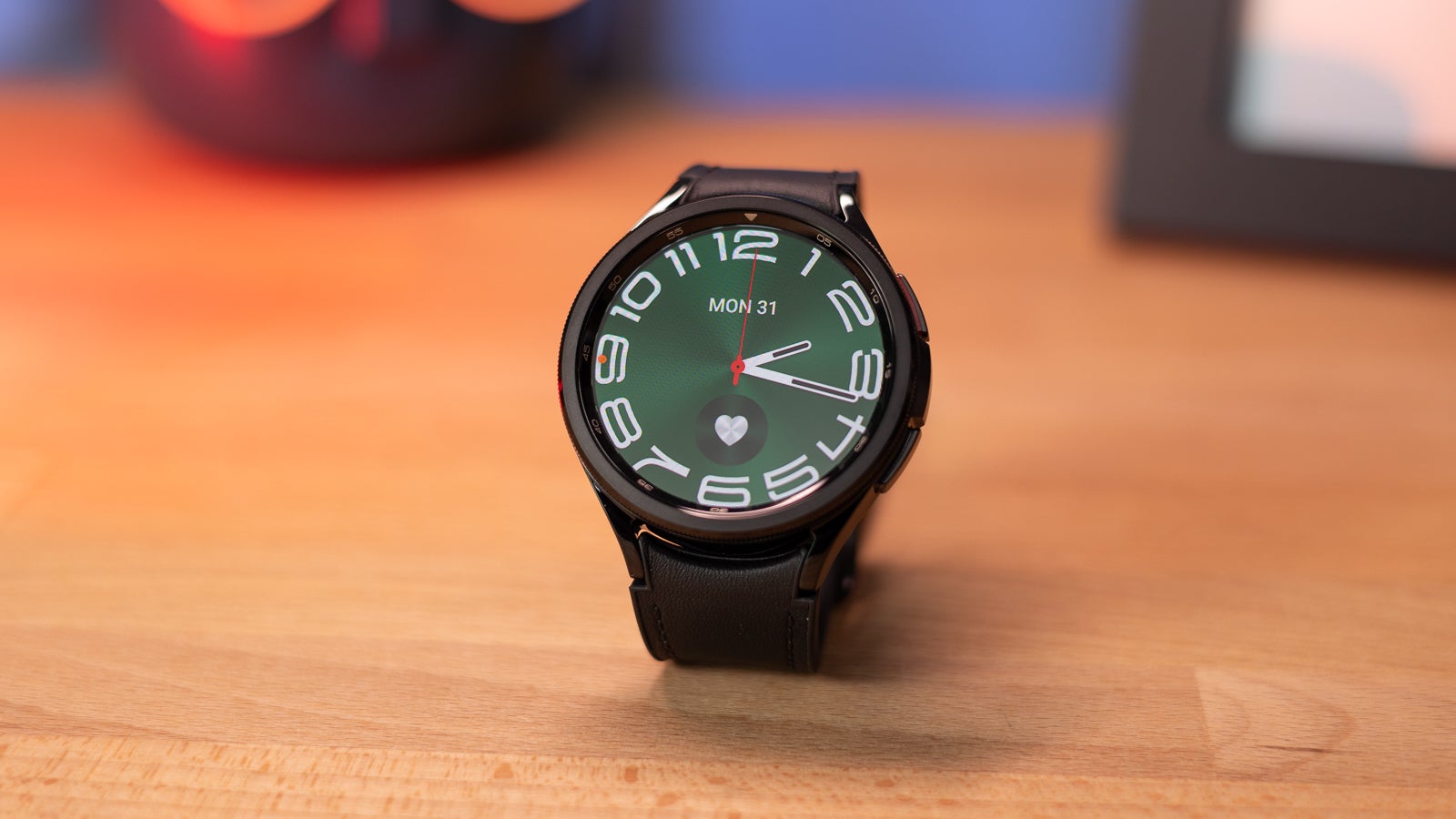

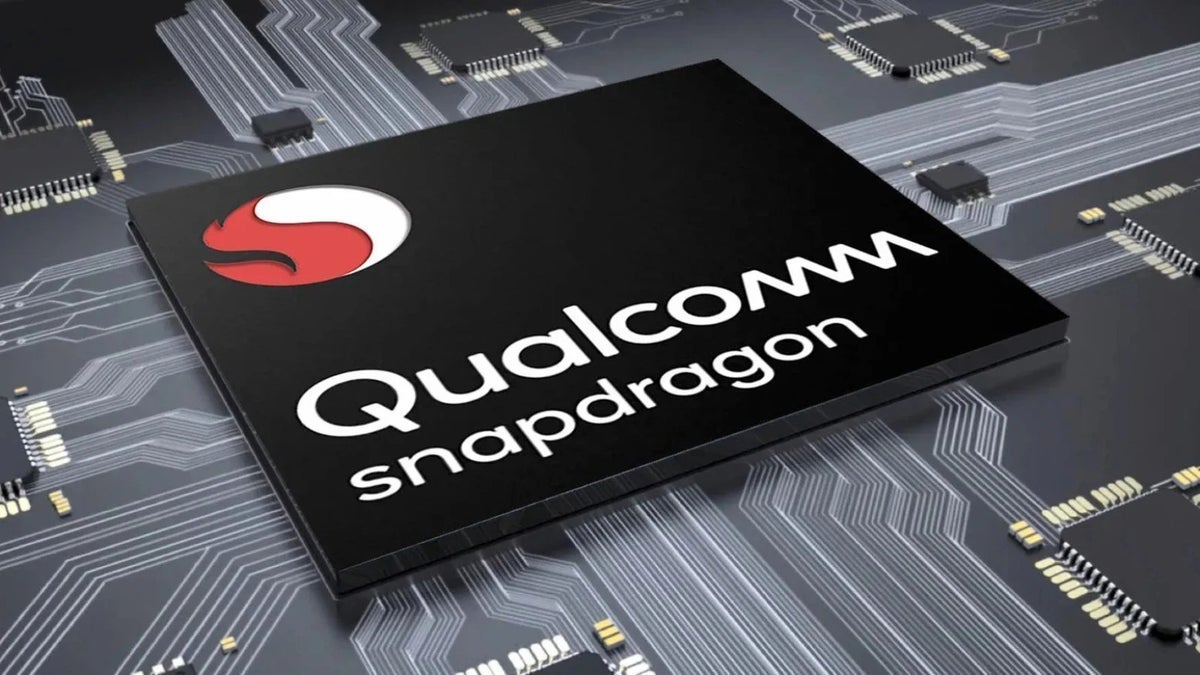
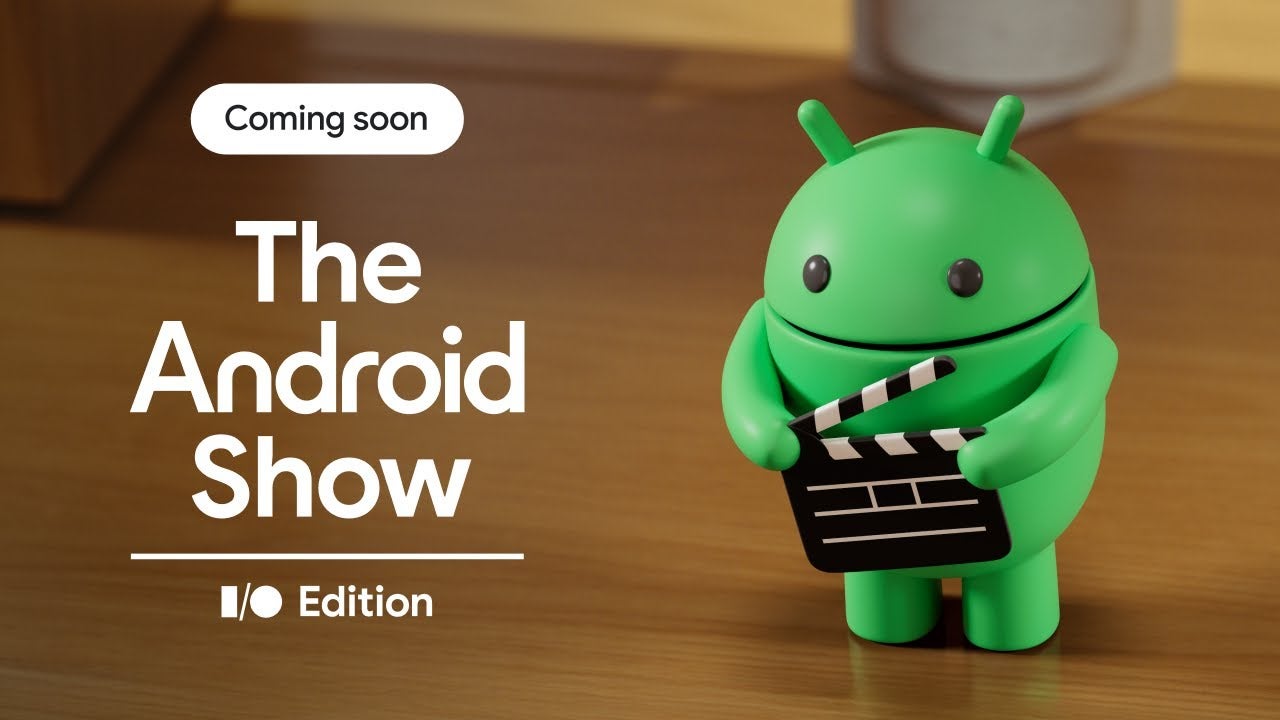




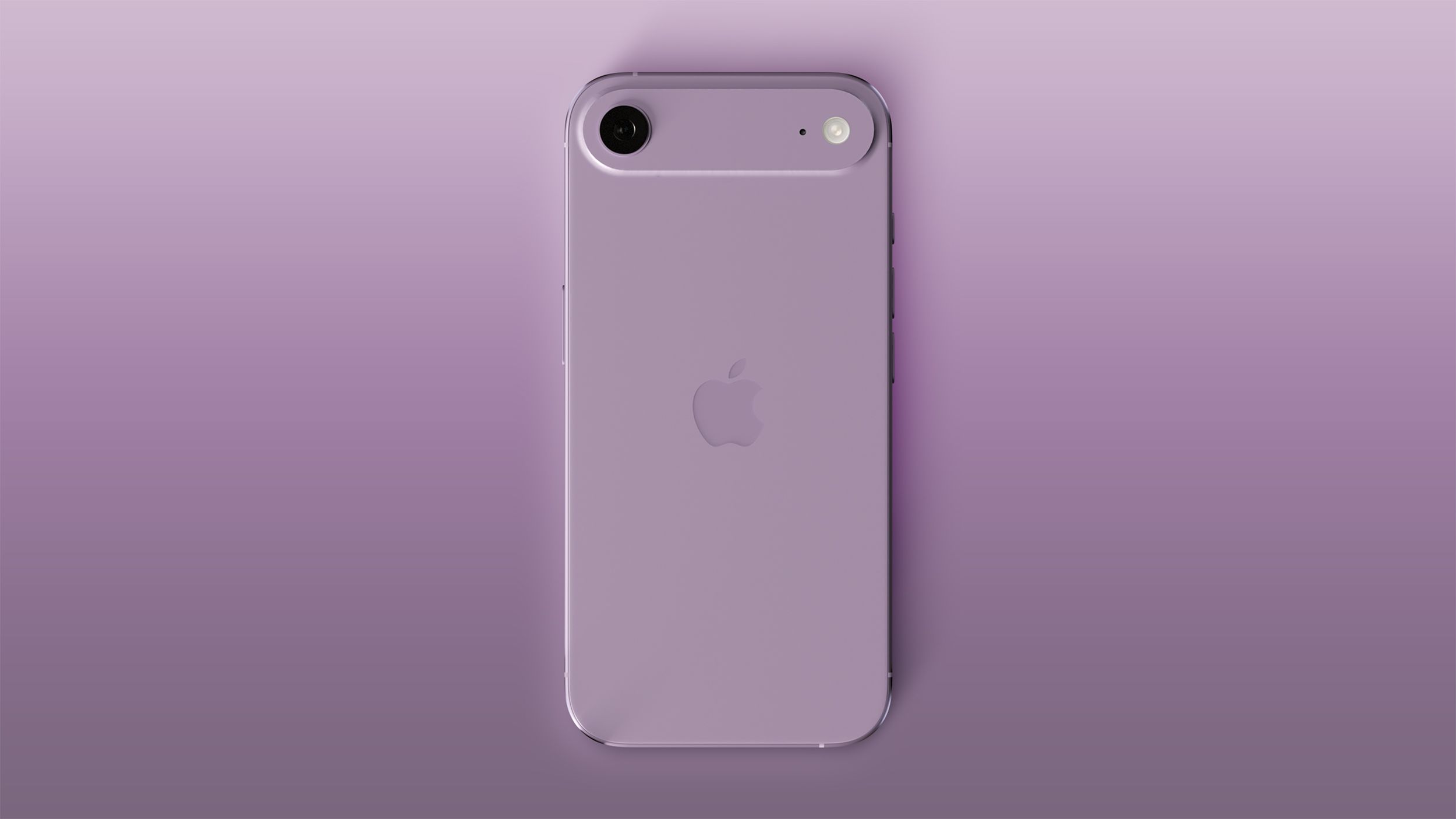
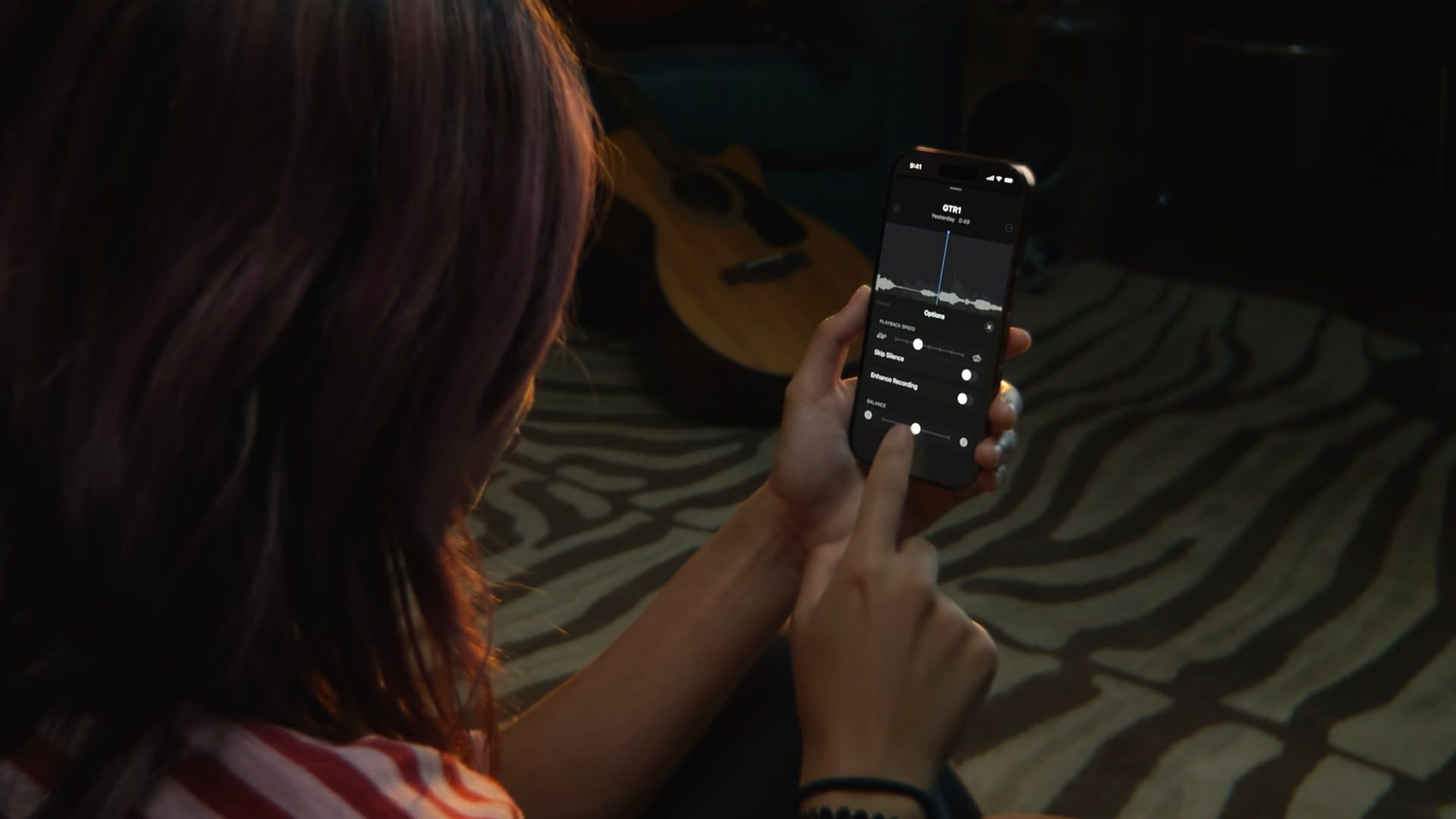





























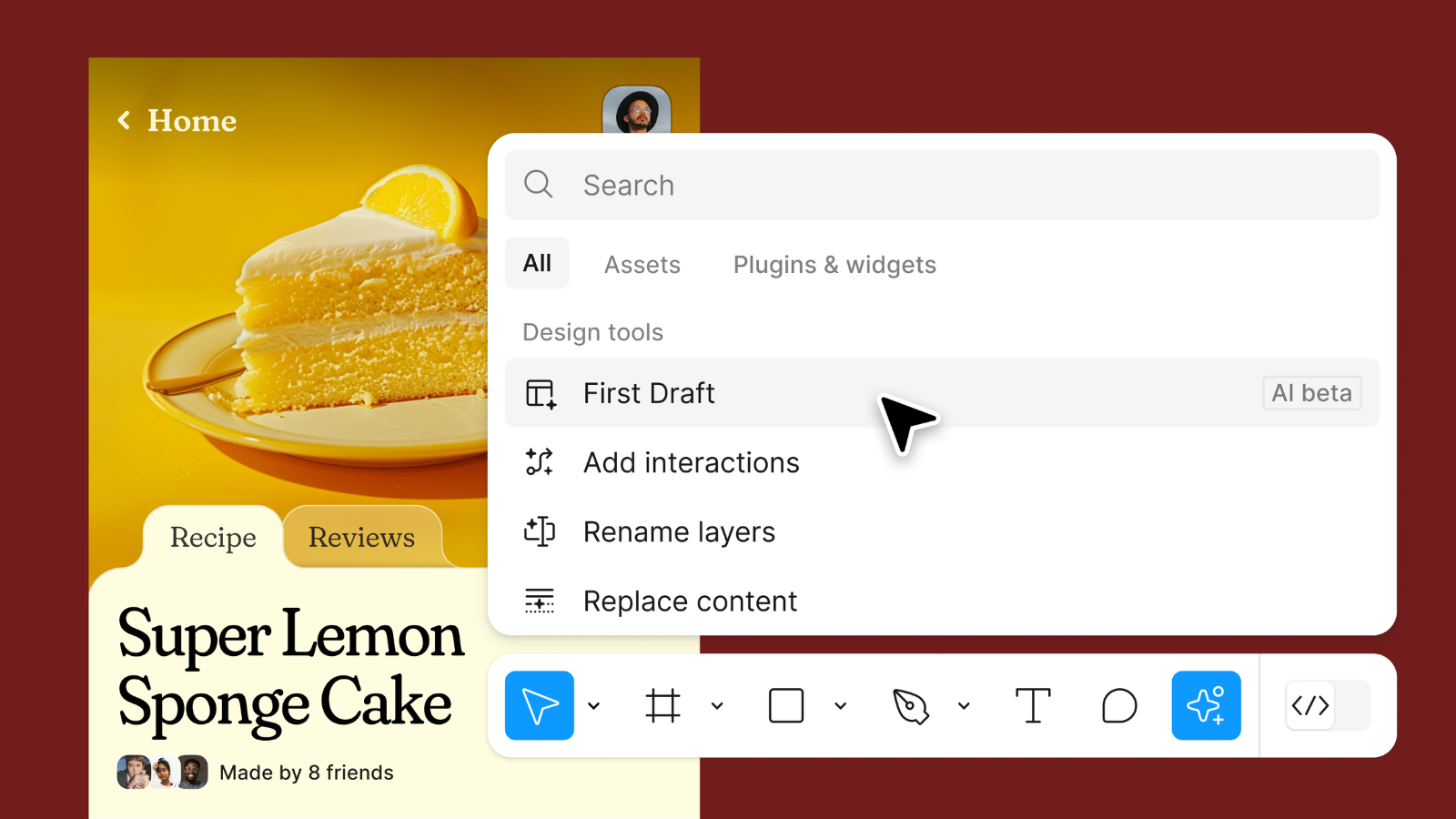
















![Apple Seeds watchOS 11.5 Beta 4 to Developers [Download]](https://www.iclarified.com/images/news/97147/97147/97147-640.jpg)
![Apple Seeds visionOS 2.5 Beta 4 to Developers [Download]](https://www.iclarified.com/images/news/97150/97150/97150-640.jpg)
![Apple Seeds tvOS 18.5 Beta 4 to Developers [Download]](https://www.iclarified.com/images/news/97153/97153/97153-640.jpg)
![Apple Releases macOS Sequoia 15.5 Beta 4 to Developers [Download]](https://www.iclarified.com/images/news/97155/97155/97155-640.jpg)
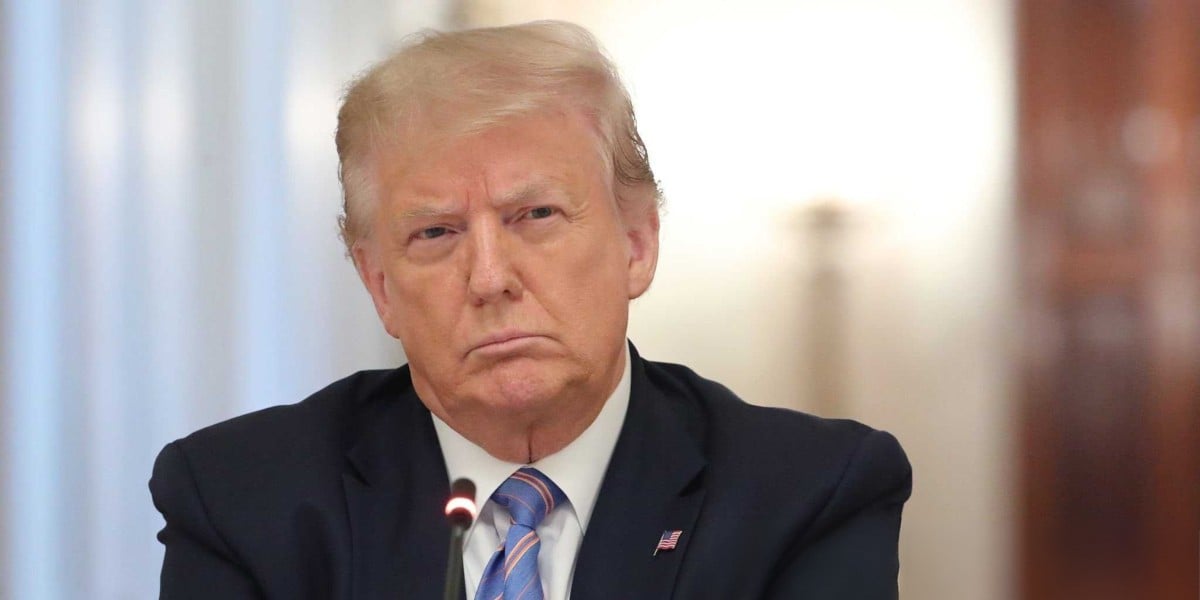
















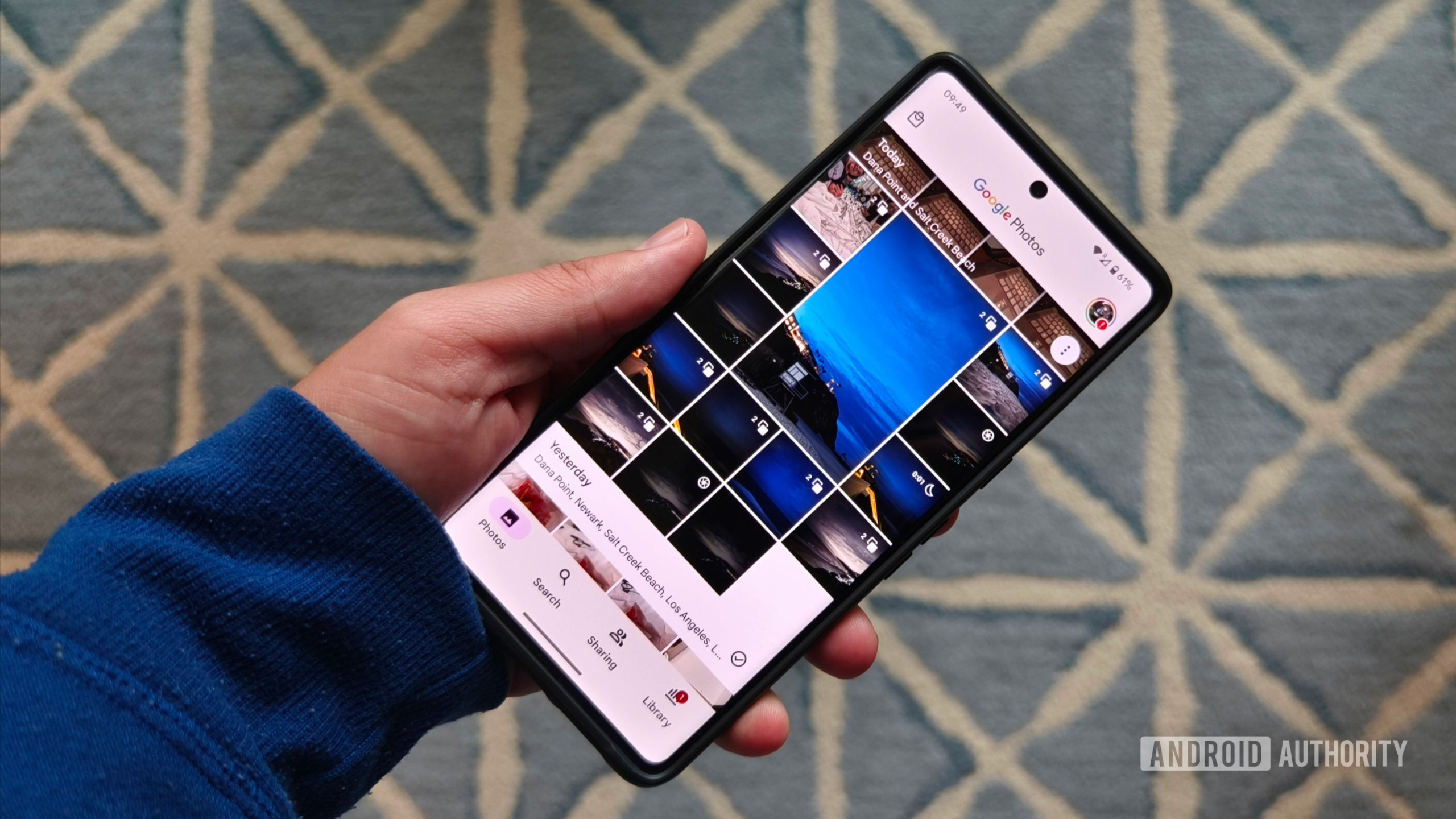
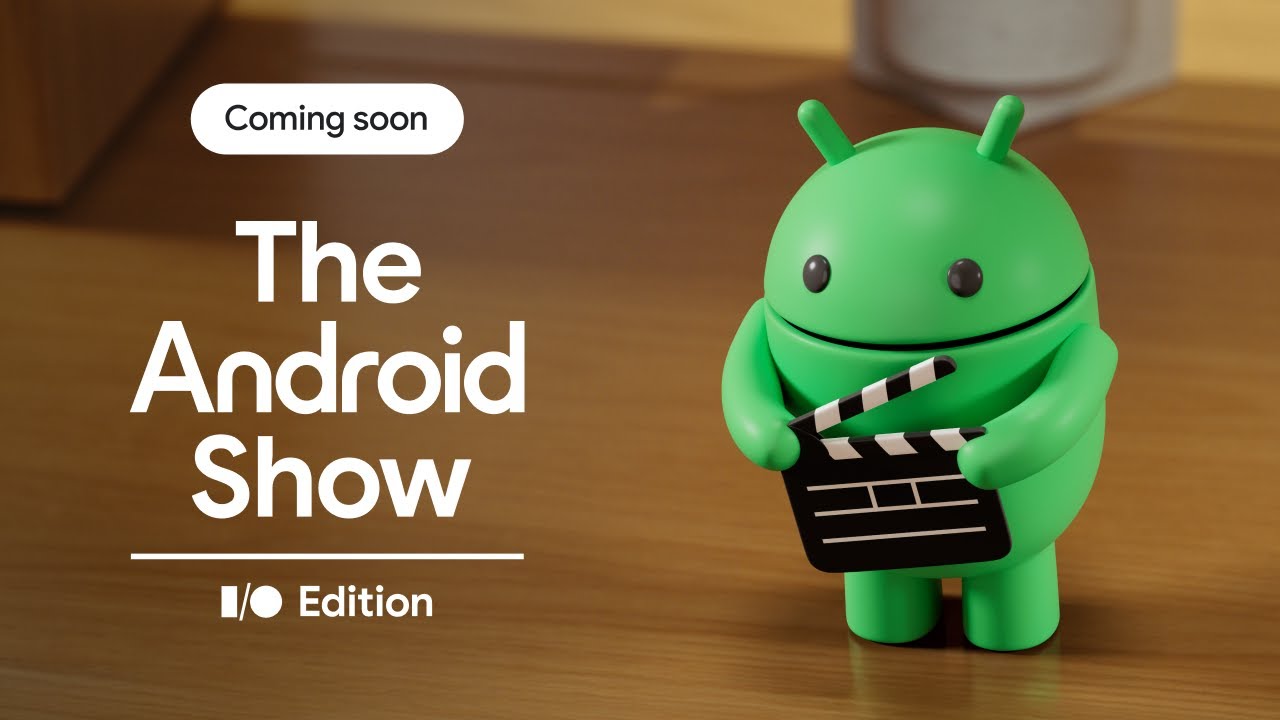
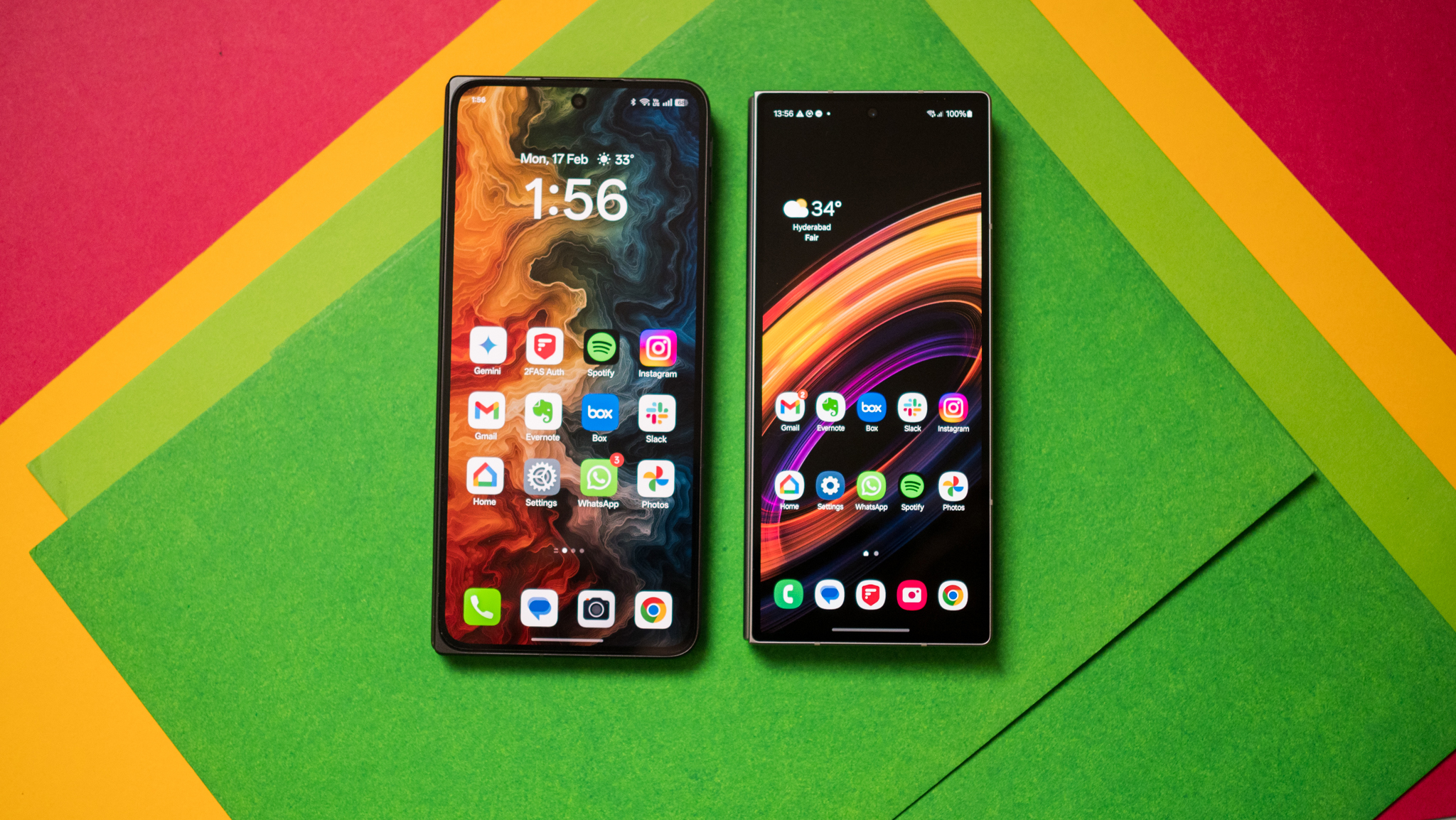
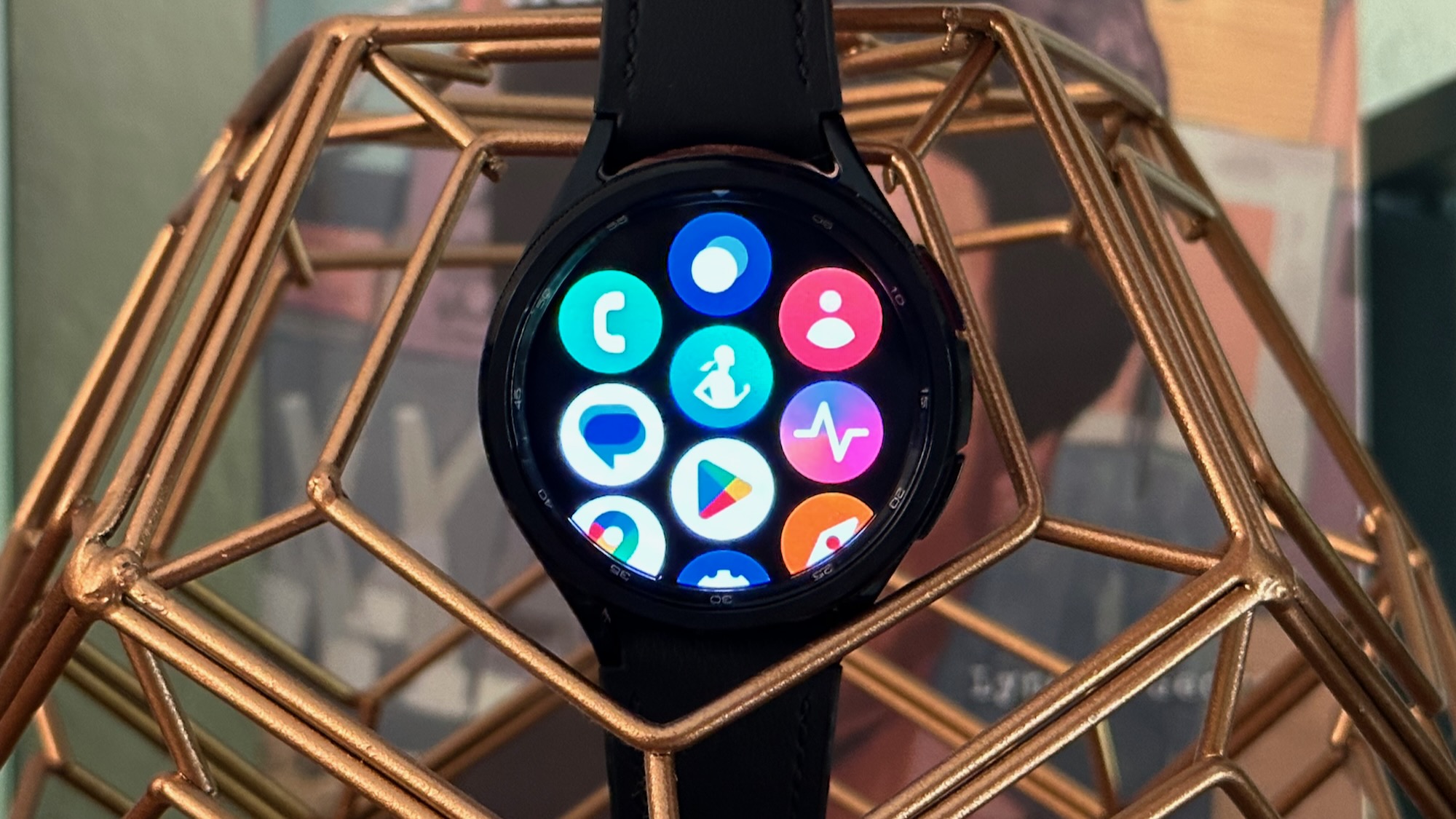

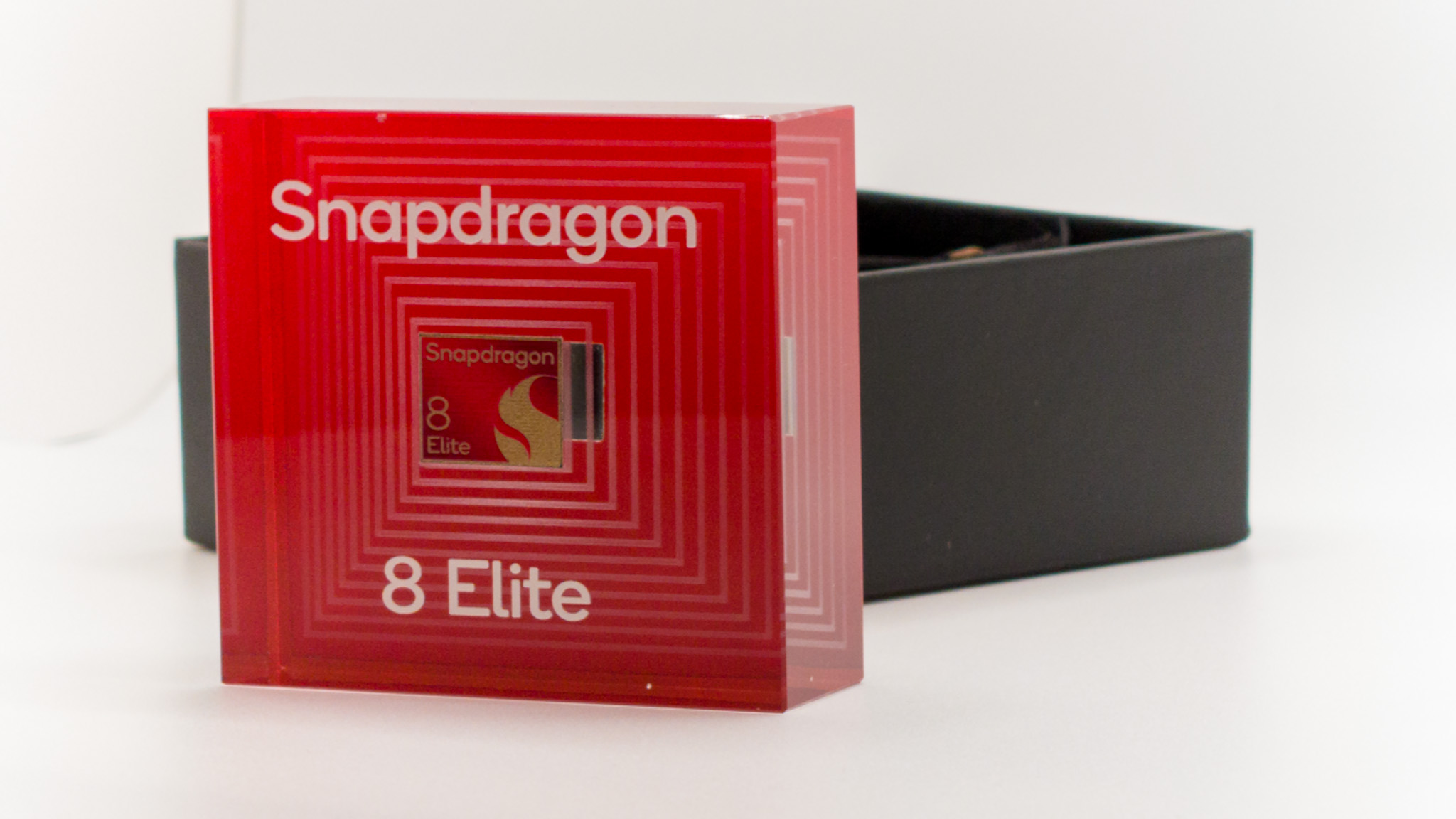







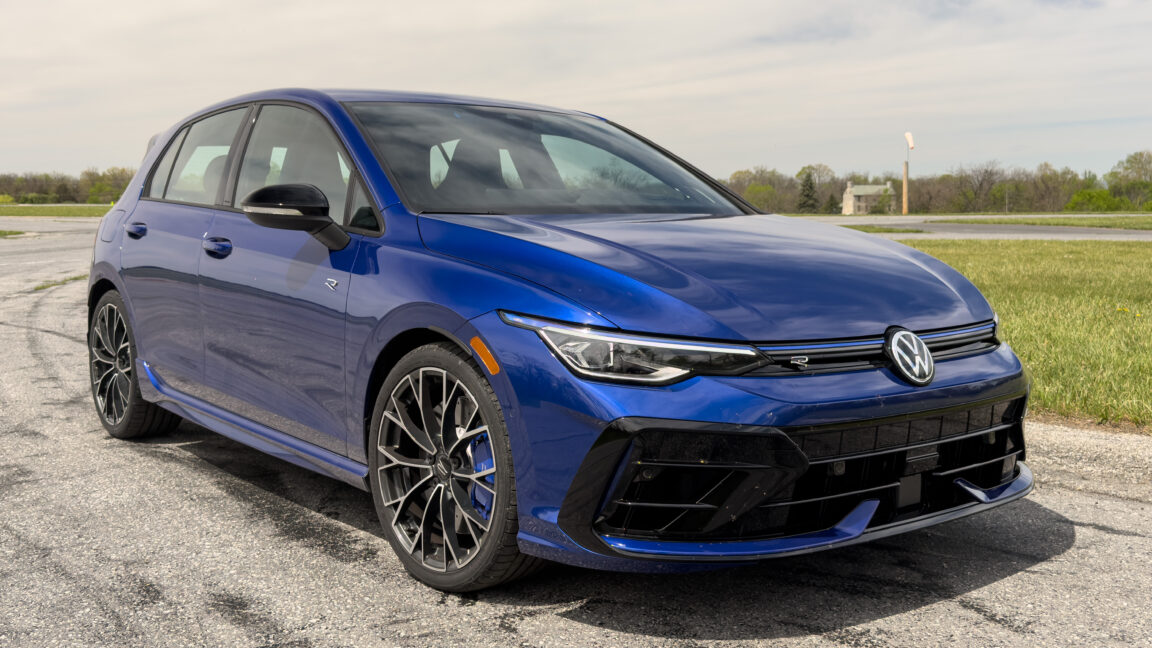

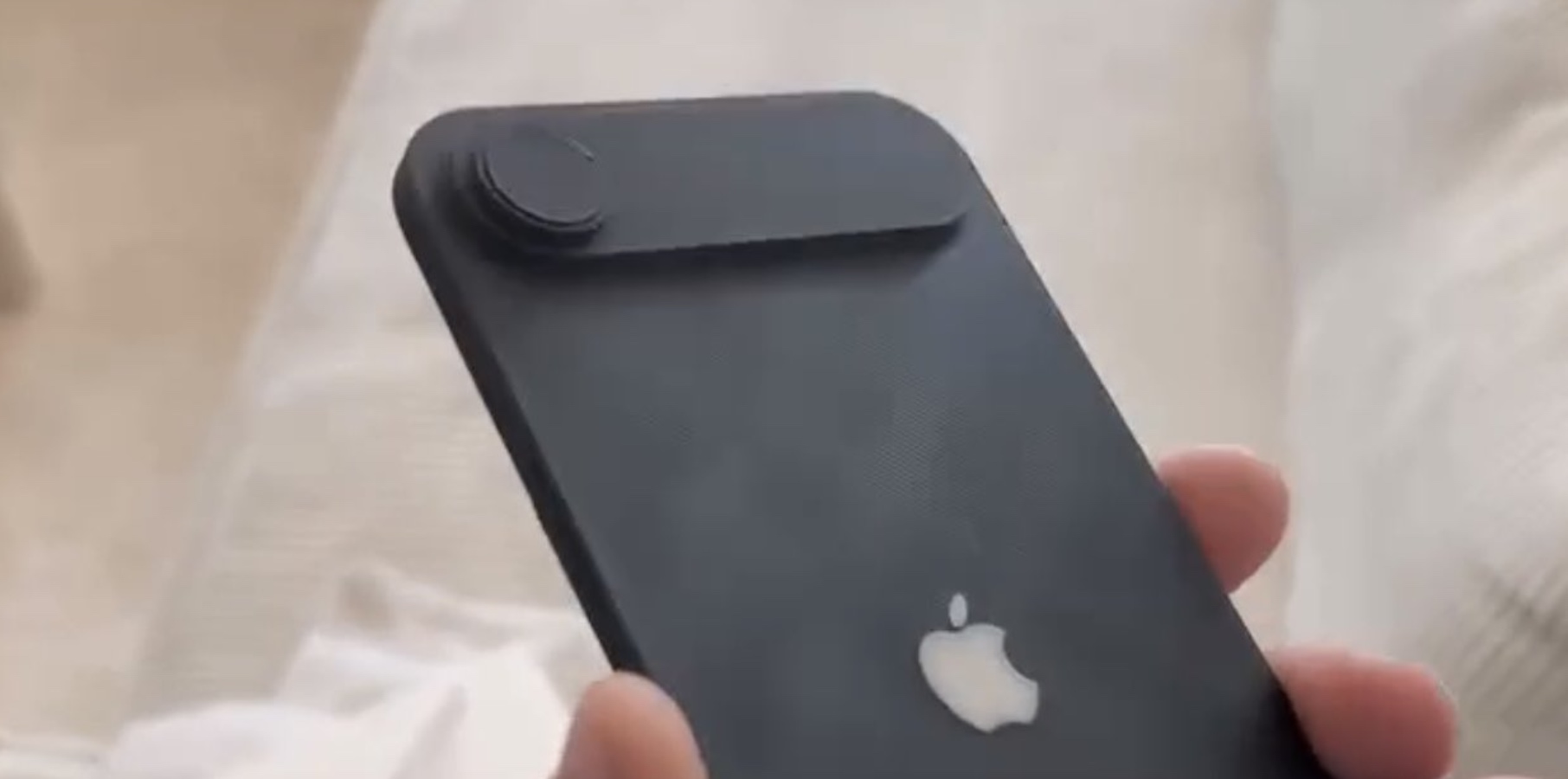


















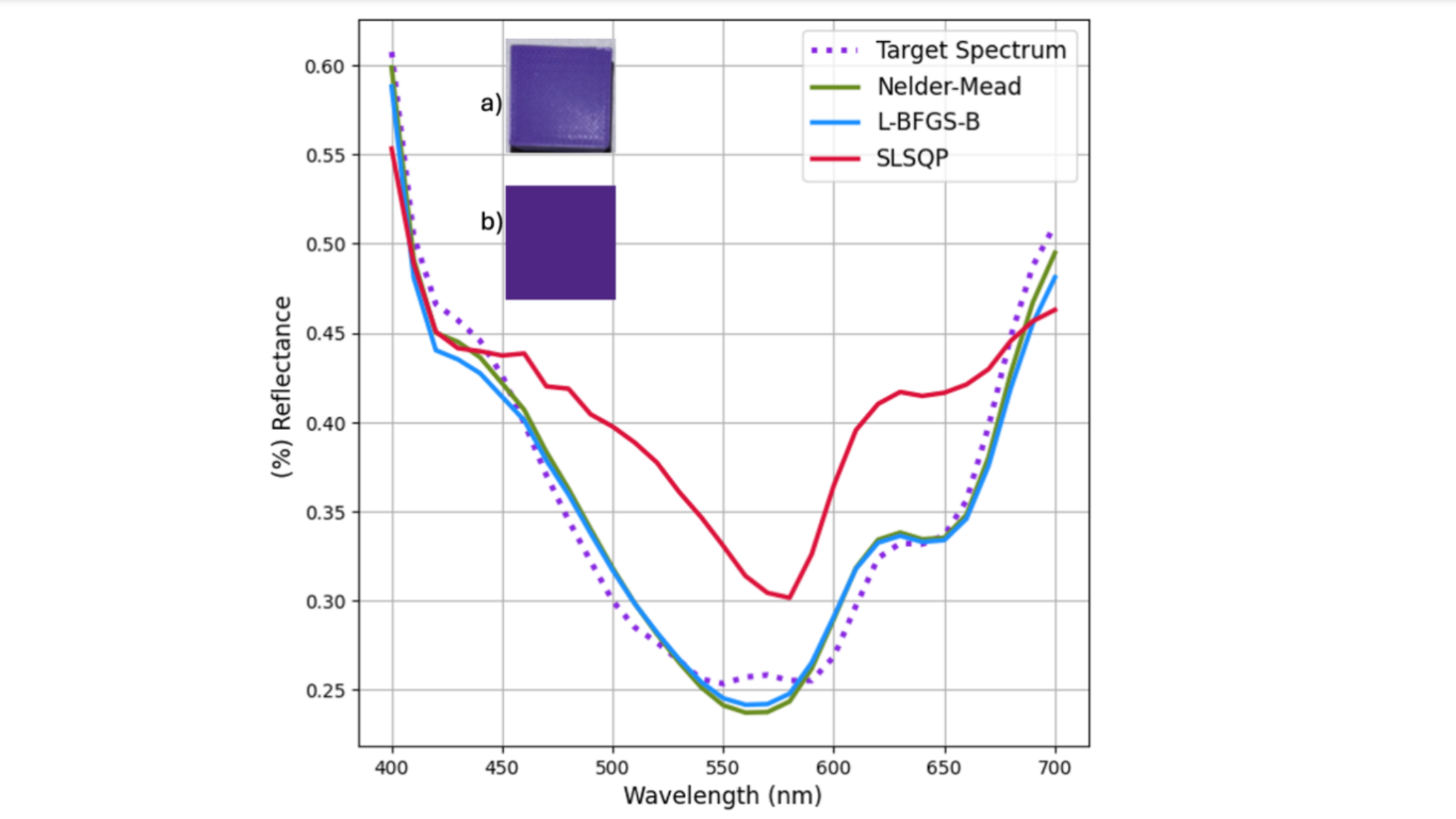















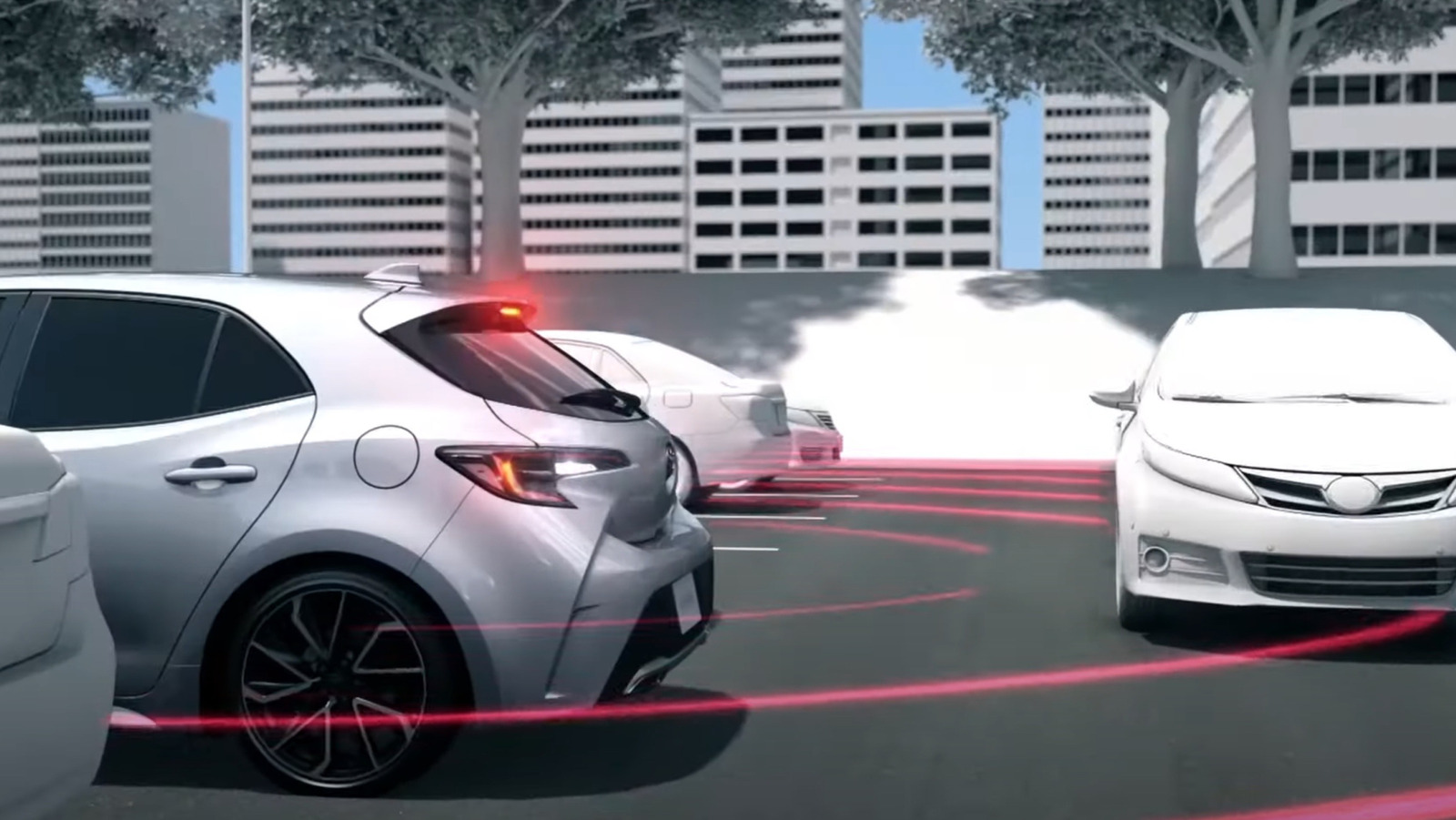
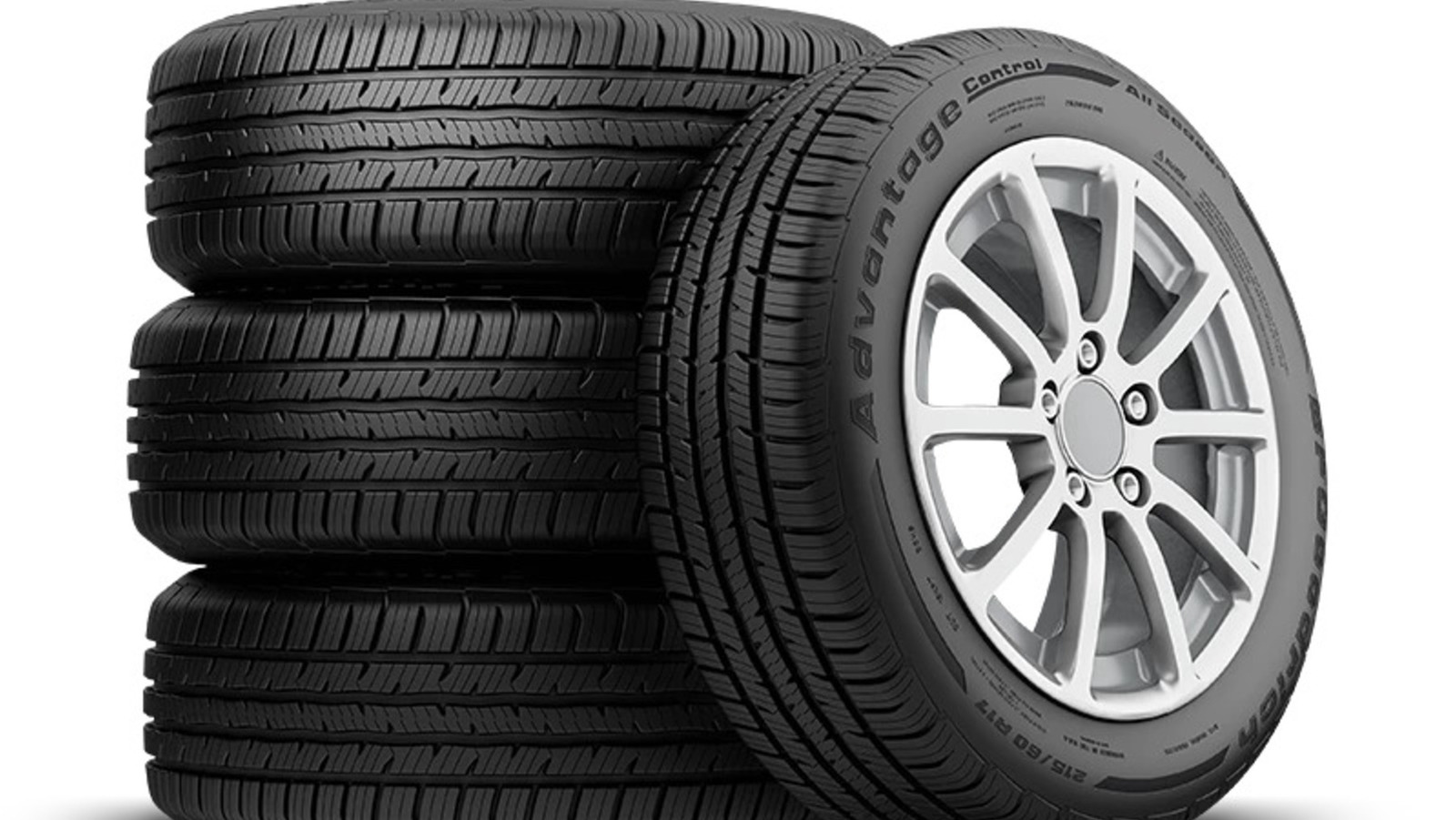
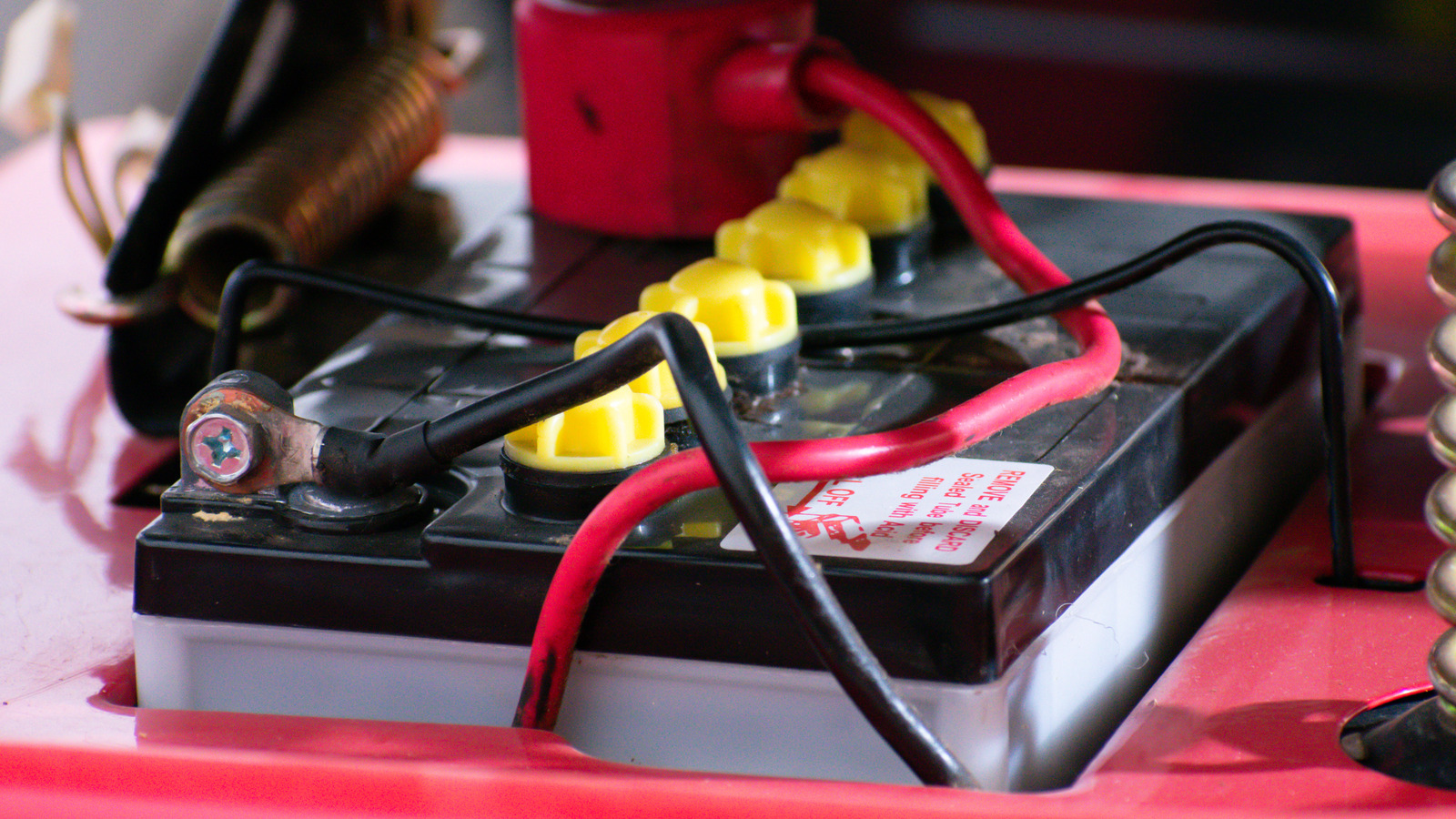
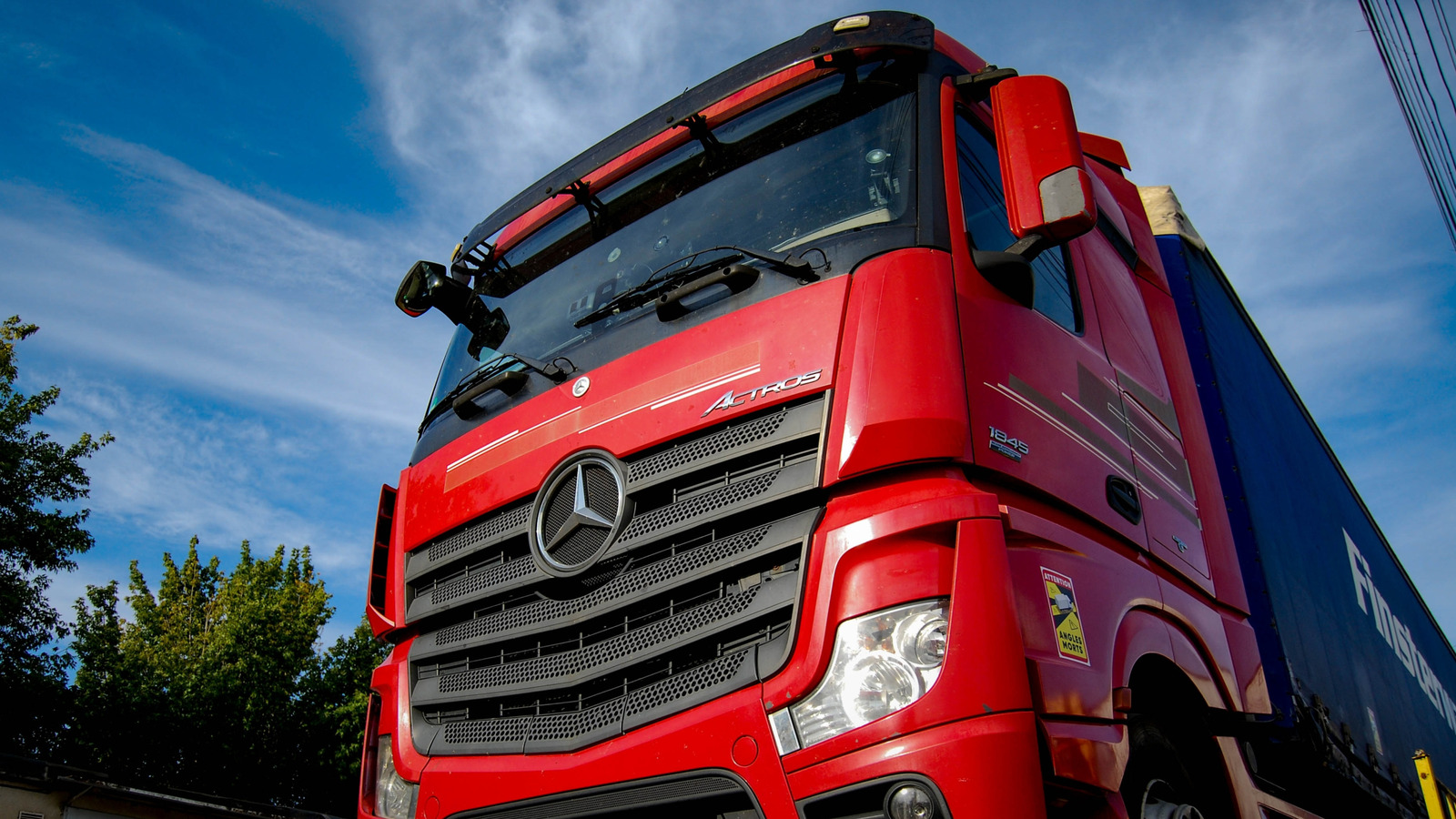












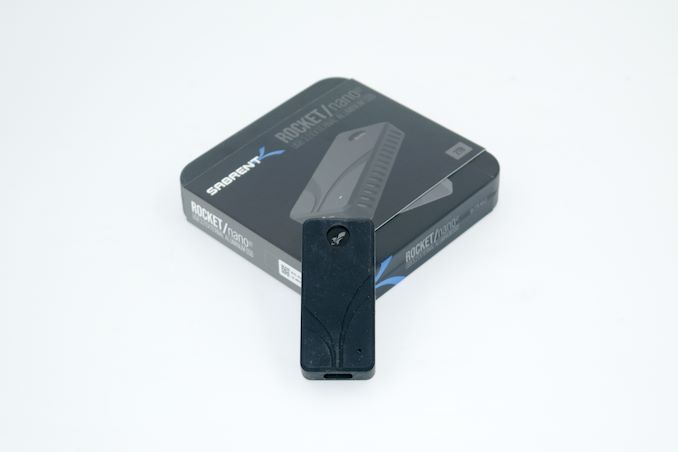
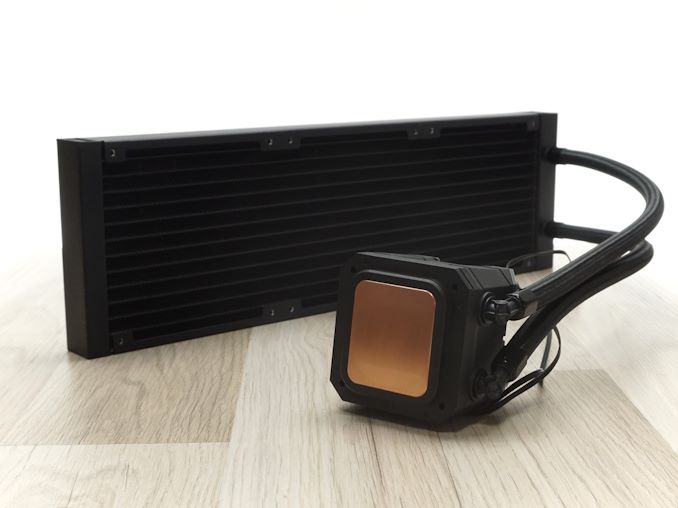
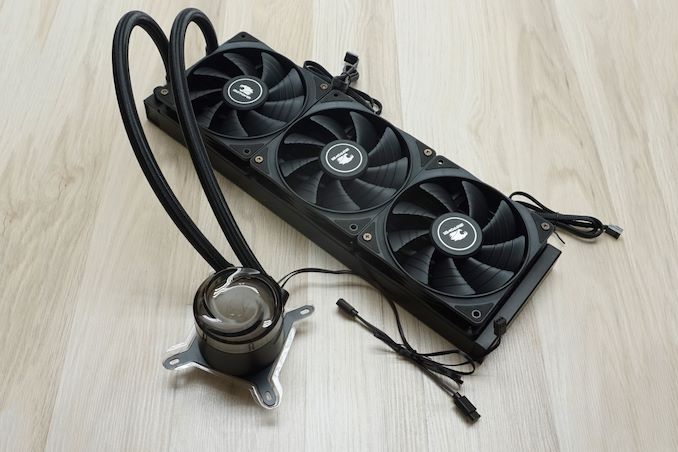


















_NicoElNino_Alamy.jpg?width=1280&auto=webp&quality=80&disable=upscale#)
_Muhammad_R._Fakhrurrozi_Alamy.jpg?width=1280&auto=webp&quality=80&disable=upscale#)
























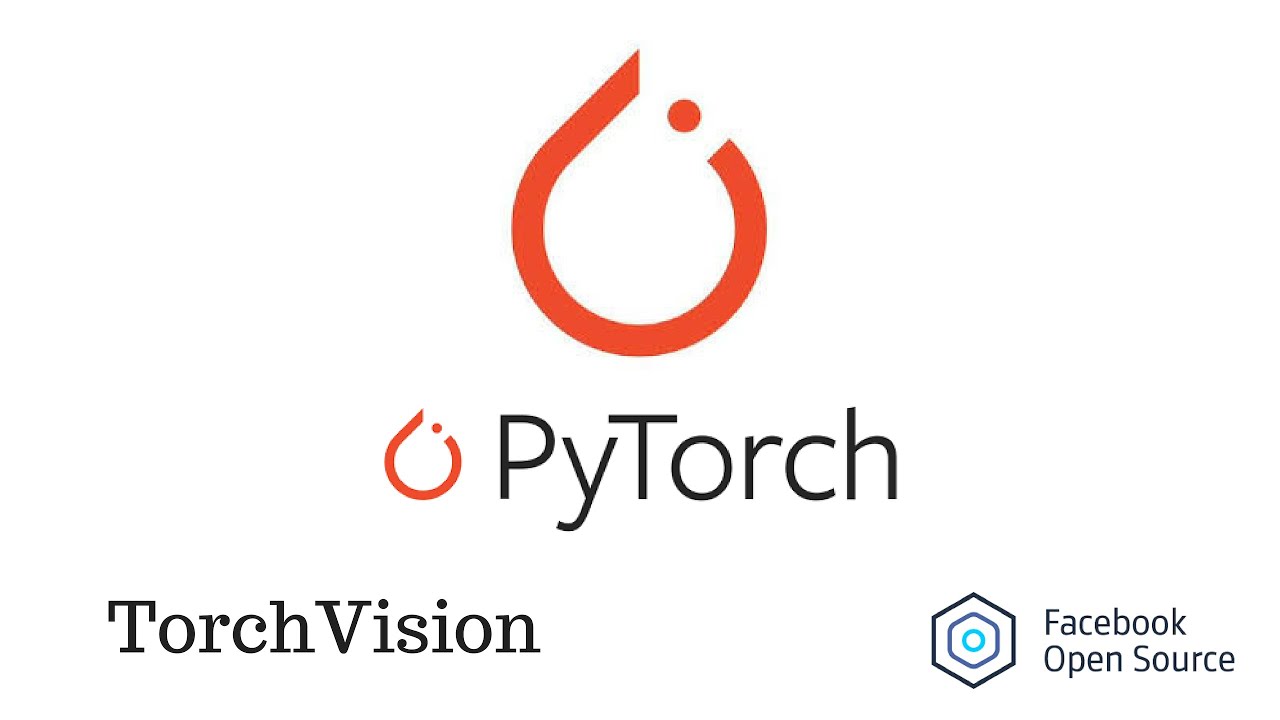











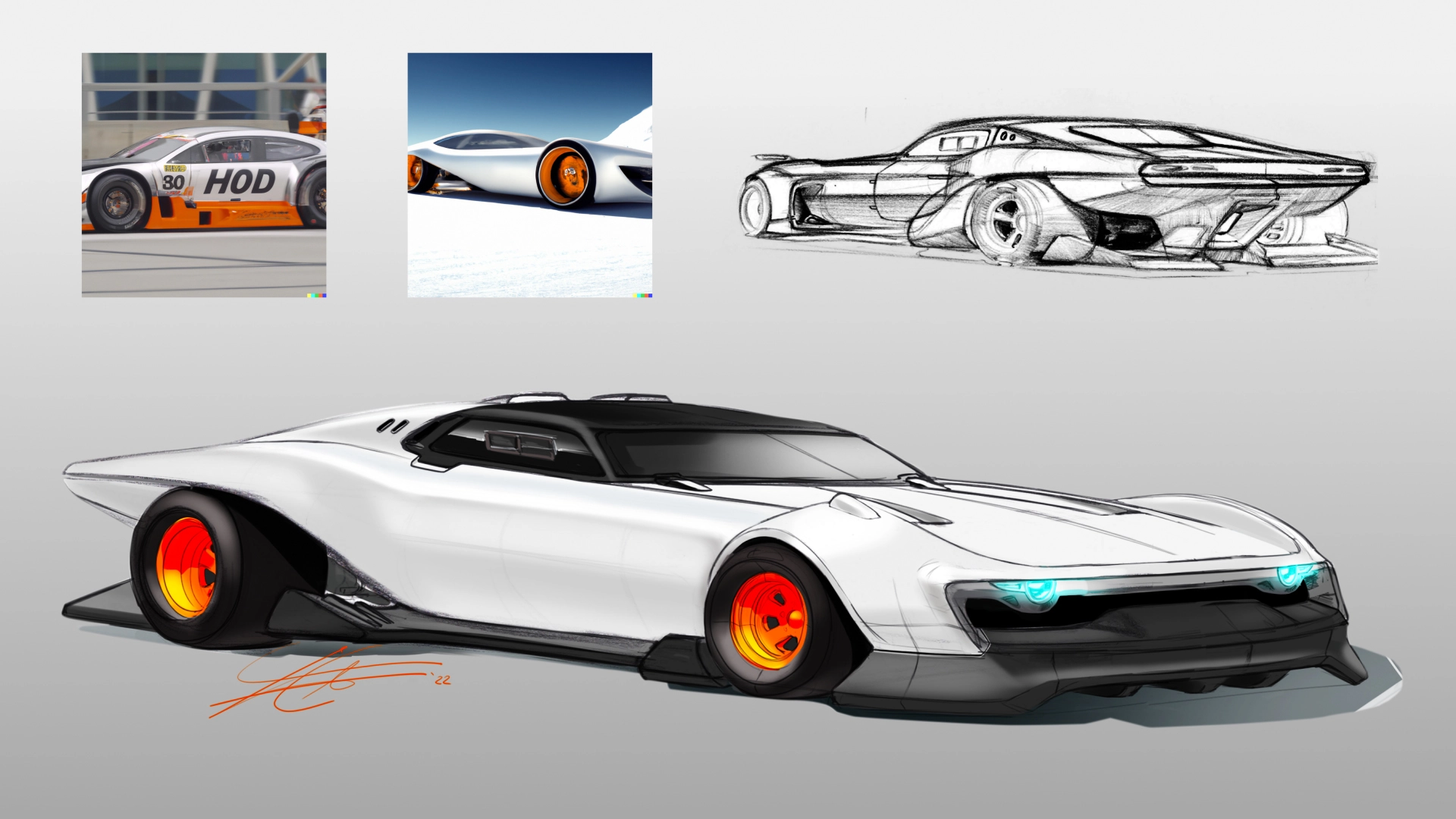









































































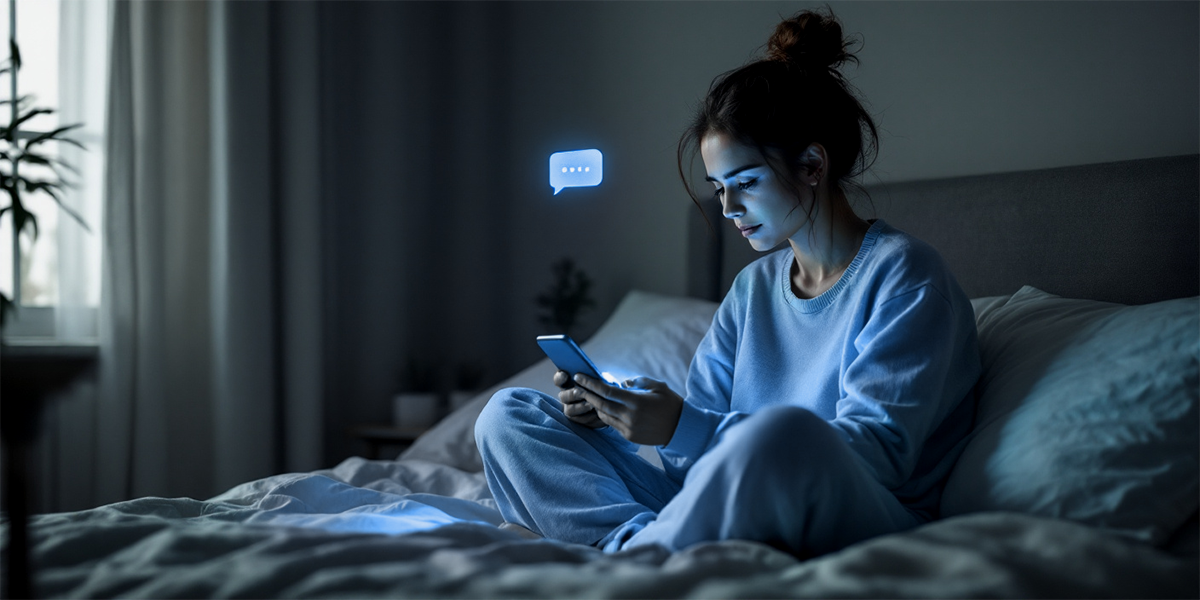











![[The AI Show Episode 144]: ChatGPT’s New Memory, Shopify CEO’s Leaked “AI First” Memo, Google Cloud Next Releases, o3 and o4-mini Coming Soon & Llama 4’s Rocky Launch](https://www.marketingaiinstitute.com/hubfs/ep%20144%20cover.png)





